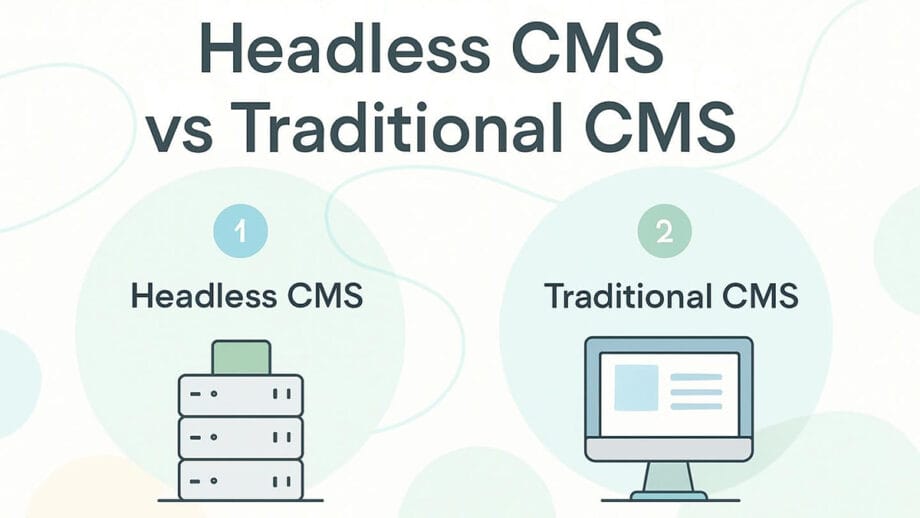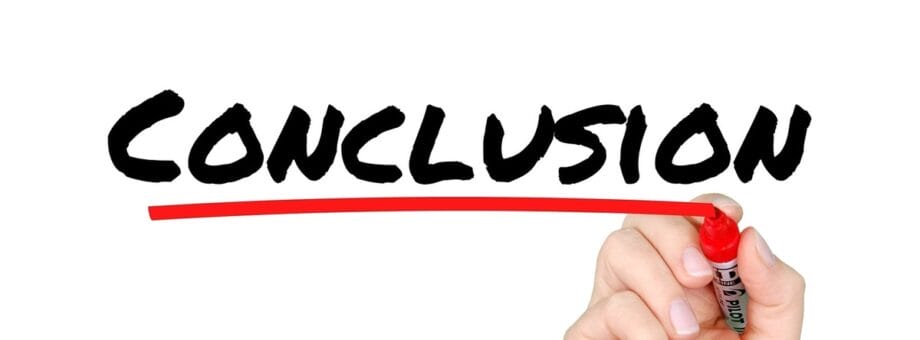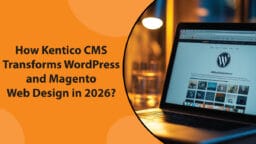Nowadays, businesses are under increasing pressure to provide personalized, consistent, and engaging experiences at multiple touchpoints. Content is not confined to just websites. It can be found in mobile apps, social media platforms, voice assistants, and IoT devices, right? Digital stands are also a part of the content ecosystem. The choice of CMS has become even more important with this shift.
Modern digital strategy is centered on the debate between headless vs traditional CMS. Both the headless CMS and traditional CMS approaches are aimed at managing and delivering the content. However, they differ in terms of architecture, flexibility, and scalability.
Let’s discuss the CMS architectures, their strengths, weaknesses, and business cases in detail to assist organizations with making informed decisions. But first, let’s understand the Traditional CMS and its benefits in the section below.
Understanding Traditional CMS

The traditional CMS, also known as a coupled CMS, is a monolithic software system in which the front-end (content presentation) is tightly integrated with the back-end (content creation and storage). Classic examples include platforms like WordPress, Drupal, and Joomla.
This kind of model allows content to be created, displayed, and managed within the same environment. This means a marketer, or developer, can log in to the CMS and create content easily. They can also apply themes and publish directly on a website.
Advantages of Traditional CMS
- Ease-of-Use: Traditional CMS platforms are easy to understand with nontechnical users’ needs in mind. They often feature WYSIWYG content editors (i.e., what you see is what you get), templates, and plugins to allow quick updates.
- All-in-One Solution: The creation, storage, and presentation of content are all handled by a single system at one point. This minimizes integration efforts.
- Existing Ecosystem: Most traditional content management platforms offer extensive marketplaces for plugins and community support.
- Minimal Initial Costs: Businesses can launch websites quickly without having to invest heavily in custom development. This can save both cost and time for the organization.
- Limited multi-channel delivery: The content delivery is tied to the web front end. This makes it difficult to adapt to apps, wearables, or IoT.
- Scalability challenges: Monolithic architectural solutions may not be able to cope with high traffic or global markets.
- Customization Restrictions: Although plugins offer flexibility, customizing the system to meet unique business requirements can be difficult.
Hope these benefits can give you a clear insight into cyberattack precautions. Cyberattacks are a common threat to traditional CMS platforms because they are widely used and heavily plugin-loaded.
Let’s understand the theory and the benefits of a Headless CMS in the next part of this content.
Understanding Headless CMS

Headless CMSs decouple the backend (content repository and management) from the frontend (presentation layer). It does not bind content to a single channel. Instead, it uses APIs (RESTful and GraphQL), which can be used by websites, mobile applications, smart devices, or other digital platforms.
Advantages of Headless CMS
- Omnichannel Delivery: A headless CMS’s ability to deliver content across multiple channels is one of its most important strengths. In a world where brands interact with consumers through mobile apps, smart televisions, wearables, and voice assistants, consistency is important. A headless management system allows brands to create content only once and then distribute it via APIs anywhere they want.
- Developer Flexibility: Developers are not restricted by the CMS. They can use React to build highly interactive web apps, Next.js as a server-side renderer, or Vue.js as a lightweight front-end. A headless CMS allows developers to select their preferred technologies.
- Future-Ready: Headless CMS stores content in a presentation-agnostic format, so businesses can easily adapt to these technologies without re-architecting their systems. Digital ecosystems are always evolving. New channels are constantly emerging, from augmented reality shopping experiences (AR) to AI-powered bots and voice commerce.
- Scalability: Content delivery requirements for businesses often increase as they grow. They also have to meet certain demands in terms of speed and performance. They are highly scalable because they are cloud-first and API-driven platforms.
- Performance Gains: Headless CMS allows developers to create optimized front-ends without having to use traditional CMS plugins and themes. This results in faster page loading times, better navigation, and overall performance. Because front ends are built to order, developers can also prioritize performance features like lazy loading, server-side rendering, and Progressive Web App (PWA). So, performance is an important factor for user experience and search engine optimization.
- Higher Initial Complexity: A headless CMS is different from traditional CMS platforms that often include pre-built themes or drag-and-drop editors. Instead, developers must build the front-end entirely.
- Learning Curve: Non-technical users may find it difficult to use a headless CMS platform. Content and marketing teams used to (WYSIWYG), what you see is what you get, editors will find it difficult to adapt, as they can’t always preview the final content before publishing. Many headless CMS providers have introduced visual editors and preview functions, but they may not match the simplicity offered by traditional systems. This gap can slow content workflows down and require teams to undergo additional training.
- Costing: Cost structure can be an issue, particularly for small and mid-sized businesses. Many enterprise-grade platforms are based on a subscription system, which can be expensive with increased usage. WordPress, for example, is often an open-source platform with low upfront costs. Although headless CMS can offer a better ROI over the long term, the initial cost is a barrier for organizations on a budget.
- Integration Needs: The Headless CMS, however, is a platform that focuses only on content delivery and management. Third-party tools are required for features such as personalization and marketing automation, analytics, e-commerce, etc. This modular approach is flexible, but it requires more planning, development, and budget to make sure all tools are integrated seamlessly. The traditional CMS platforms are usually equipped with features including SEO tools, dashboards for analytics, and marketing integrations that plug-and-play.
When Traditional CMS Can Work for Your Business
- Companies that have limited digital channels, with a focus on their websites, benefit from a quick deployment.
- Small e-commerce sites, corporate websites, and blogs thrive when they are built using themes and plugins.
- Businesses that rely heavily on their marketing teams to manage content day-to-day may prefer the easy-to-use interfaces of a traditional CMS.
When Headless CMS Can Work for Your Business
- Brands that want to deliver content consistently on web, mobile, IoT, voice, and other devices will benefit from headless architecture.
- Headless is more suitable for organizations that require scalability and multilingual support.
- Developer-friendly APIs are beneficial to businesses that value agility, customization, and modern front-end Frameworks.
- Companies that are preparing to take advantage of emerging technologies such as AR, VR, or AI-driven personalized experiences will find a headless CMS an easier long-term investment.
Headless vs Traditional CMS: Key Differences

| Feature | Traditional CMS | Headless CMS |
| Architecture | (front end + back end) Coupled | (content via APIs) Decoupled |
| Multi-Channel Support | Primarily web-based | Omnichannel (web, mobile, IoT, etc. ) |
| Ease of Use | User-friendly editors & themes | Requires developer setup |
| Scalability | Monolithic structure | Highly scalable via cloud APIs |
| Customization | Plugin-dependent | Framework-agnostic, developer freedom |
| Performance | Heavier due to plugins/templates | Faster, lightweight front ends |
| Security | Exposed through plugins/themes | More secure via API isolation |
| Cost | Lower entry cost, potential maintenance issues | Higher upfront cost, long-term ROI |
A decision is made based on the organization’s maturity in digital technology, growth strategy, and customer engagement requirements.
The Business Viewpoint: Cost, ROI, and Future Readiness
- Cost considerations: Although traditional CMS platforms such as WordPress have lower upfront costs (maintenance and plugin updates), hidden expenses like security fixes, maintenance, and plugin updates can quickly add up. The initial cost of a Headless CMS might seem high, but in the end, the reduced overhead and scalability will deliver a better ROI.
- Operational Efficiency: Traditional CMS allows teams to work independently, while headless CMS encourages collaboration among developers and marketers in multi-channel strategies.
- Future-proofing: The digital ecosystem is growing beyond the website. Investing now in a headless CMS allows businesses to quickly adapt to new channels and technology without expensive migrations.
Hybrid Approaches: The Middle Ground
Hybrid CMS solutions combine the best features of both worlds. Hybrid CMS platforms combine traditional content editing capabilities with headless delivery. It gives content teams easy-to-use tools, while also enabling developers to deliver omnichannel experiences.
These solutions are perfect for organizations that want to transition from traditional headless systems, as they provide flexibility without compromising usability.
Conclusion

It is not about choosing between a headless CMS or a traditional CMS that is better. Instead, it is about which one aligns with the business’s needs today and its future goals.
- Traditional CMS web development was a good choice for organizations that want to deploy quickly, manage their websites easily, and have a simple website.
- But the future architecture is a headless CMS.
As digital ecosystems and customer expectations expand, businesses that invest in future-ready, flexible CMS solutions are better equipped to keep up with the times.






